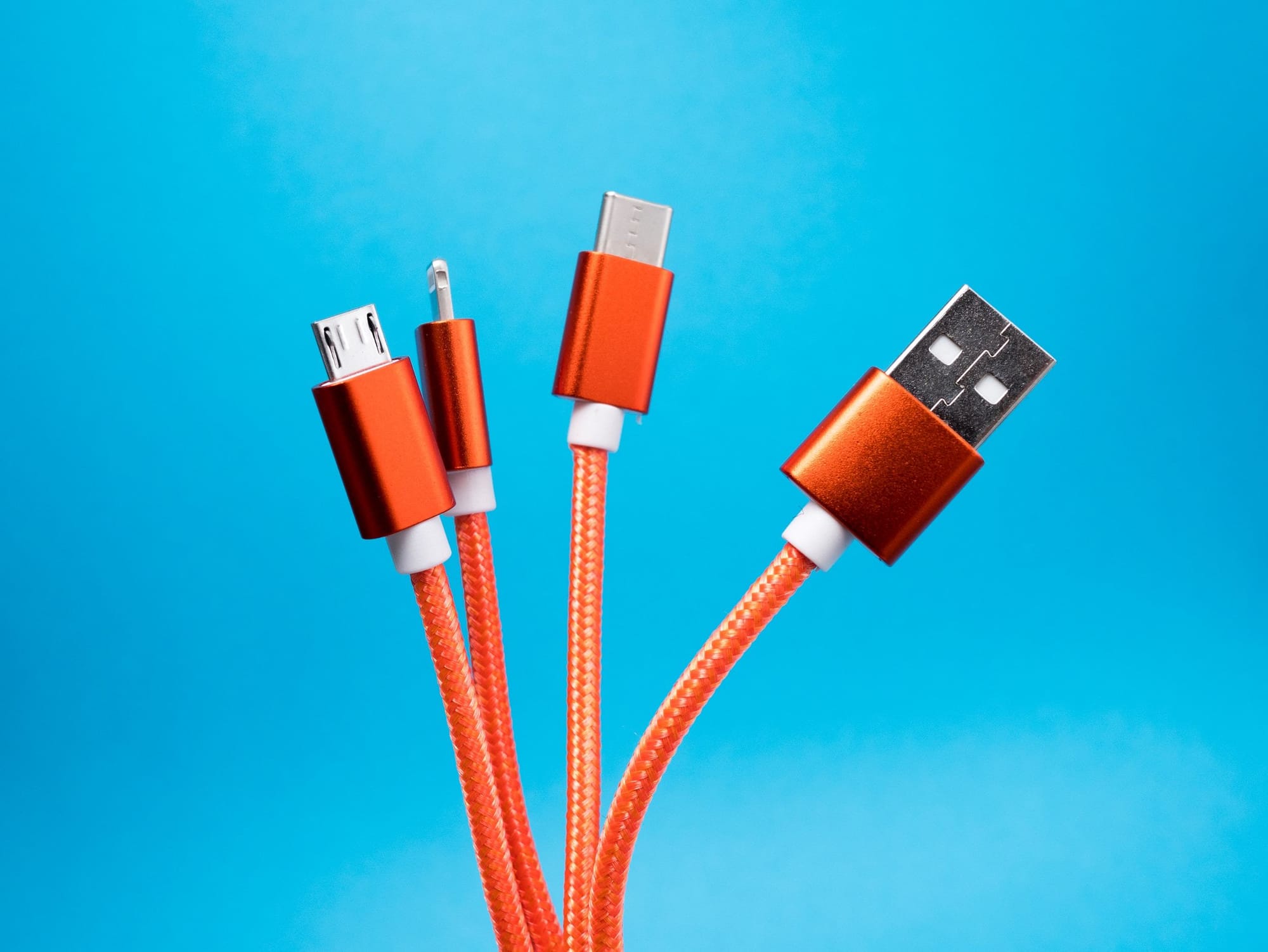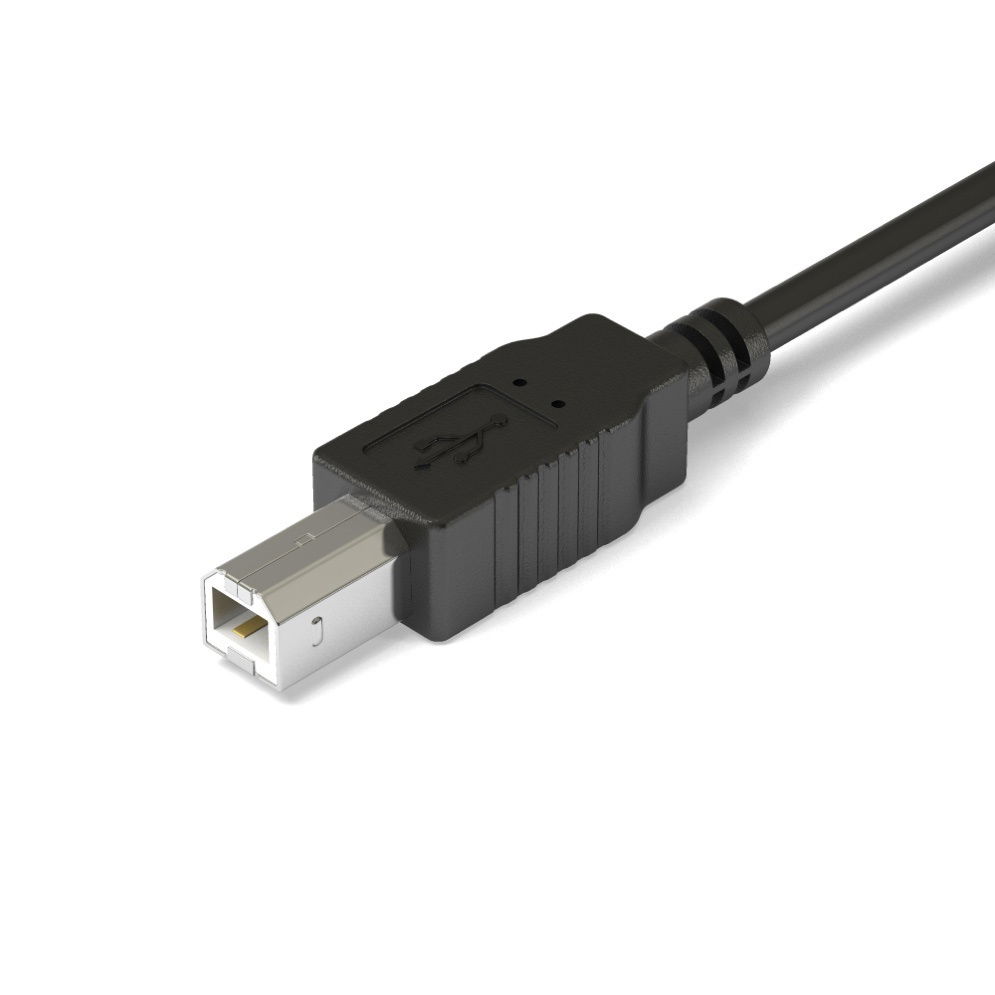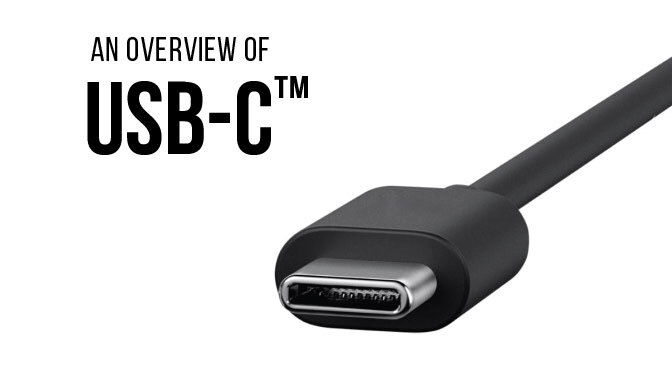USB Cables

Title: The Evolution of USB Cables: A Comprehensive Overview
Introduction:
USB (Universal Serial Bus) cables have become an integral part of our daily lives, connecting a wide range of devices and facilitating data transfer and power delivery. This article aims to provide a detailed history of USB cables, their purpose, pin configurations, functions, limitations, pros and cons, and an overview of the different types available.
USB Cable Types:

There are several types of USB cables, each designed for specific purposes and offering different capabilities. The most commonly used types are:
a) USB Type-A: This is the standard USB connector found on most computers and chargers. It is a rectangular-shaped connector with four pins and is used to connect devices such as keyboards, mice, printers, and external hard drives.
a) USB Type-A and Type-B (USB 2.0):
- Pin 1: VCC (Power)
- Pin 2: D- (Data Minus)
- Pin 3: D+ (Data Plus)
- Pin 4: GND (Ground)
These pins are responsible for transmitting power and data between devices. The VCC pin provides power to the connected device, while the D- and D+ pins transmit data in both directions. The GND pin serves as the ground connection.

b) USB Type-B: This connector is typically found on printers, scanners, and other peripheral devices. It has a square shape with beveled corners and is less common than Type-A connectors.

c) USB Type-C: USB Type-C is a newer and more versatile connector that is reversible, meaning it can be inserted in either orientation. It is smaller in size compared to Type-A and Type-B connectors and is becoming increasingly popular in modern devices such as smartphones, tablets, laptops, and even some desktop computers.

b) USB Type-C (USB 3.1):
- Pin A1: VBUS (Power)
- Pin A2: D-
- Pin A3: D+
- Pin B1: GND
- Pin A4: CC (Configuration Channel)
In addition to the power and data transmission pins, USB Type-C connectors include a Configuration Channel (CC) pin. This pin is responsible for negotiating power delivery and determining the role of each connected device (e.g., host or peripheral).
4. Functions of USB Cables:
USB cables serve multiple functions in data transmission and power delivery, including:
a) Data Transfer: USB cables enable the transfer of digital data between devices, allowing for the exchange of files, synchronization, and communication.
b) Power Delivery: USB cables can provide power to devices, allowing them to charge or operate without the need for separate power adapters. USB Power Delivery (USB PD) standards have been developed to support higher power delivery for charging larger devices such as laptops.
c) Device Connectivity: USB cables allow devices to be connected to computers, enabling them to be recognized and interacted with by the operating system. This includes peripherals like keyboards, mice, printers, and external storage devices.
History and Purpose of USB Cables:
USB cables were first introduced in 1996 as a standardized solution for connecting peripherals to computers. The primary purpose of USB cables is to establish a universal interface for data transfer, charging, and communication between devices. The development of USB cables aimed to simplify connectivity, eliminate the need for multiple proprietary connectors, and provide a standardized solution for various devices.
Limitations, Pros, and Cons of USB Cables:
While USB cables have revolutionized connectivity, they do have certain limitations, as well as pros and cons:
a) Limitations:
- Cable Length: USB cables have a maximum recommended length of 5 meters for USB 2.0 and 3 meters for USB 3.0/3.1. Longer distances may require signal repeaters or alternative solutions.
- Data Transfer Speed: USB 2.0 cables have a maximum data transfer rate of 480 Mbps, while USB 3.0/3.1 cables can reach up to 5 Gbps or 10 Gbps, respectively. However, these speeds are still lower than other high-speed data transfer technologies like Thunderbolt or Ethernet.
b) Pros:
- Universal Connectivity: USB cables provide a standardized interface that is compatible with a wide range of devices, making them highly versatile.
- Plug-and-Play: USB cables allow for easy and seamless connection of devices without the need for additional drivers or software installations.
- Power Delivery: USB cables can deliver power to devices, eliminating the need for multiple chargers and adapters.
c) Cons:
- Limited Power Delivery: While USB cables can provide power, the amount of power delivered is limited, especially for charging larger devices like laptops. This has led to the development of USB PD standards to address higher power requirements.
- Compatibility Issues: Some older devices may not be compatible with newer USB cable types, requiring the use of adapters or older USB standards.
6. Different Types of USB Cables:
USB cables come in various types, each designed for specific purposes:
a) USB 2.0: These cables are the most common and widely used. They support data transfer rates of up to 480 Mbps and are suitable for connecting peripherals and charging devices.
b) USB 3.0/3.1: These cables offer faster data transfer speeds, with USB 3.0 supporting up to 5 Gbps and USB 3.1 supporting up to 10 Gbps. They are ideal for transferring large files and connecting high-speed devices.
c) USB Type-C: This newer and more versatile connector supports USB 3.1 speeds and offers additional features such as reversible insertion, power delivery, and support for alternate modes like DisplayPort and Thunder